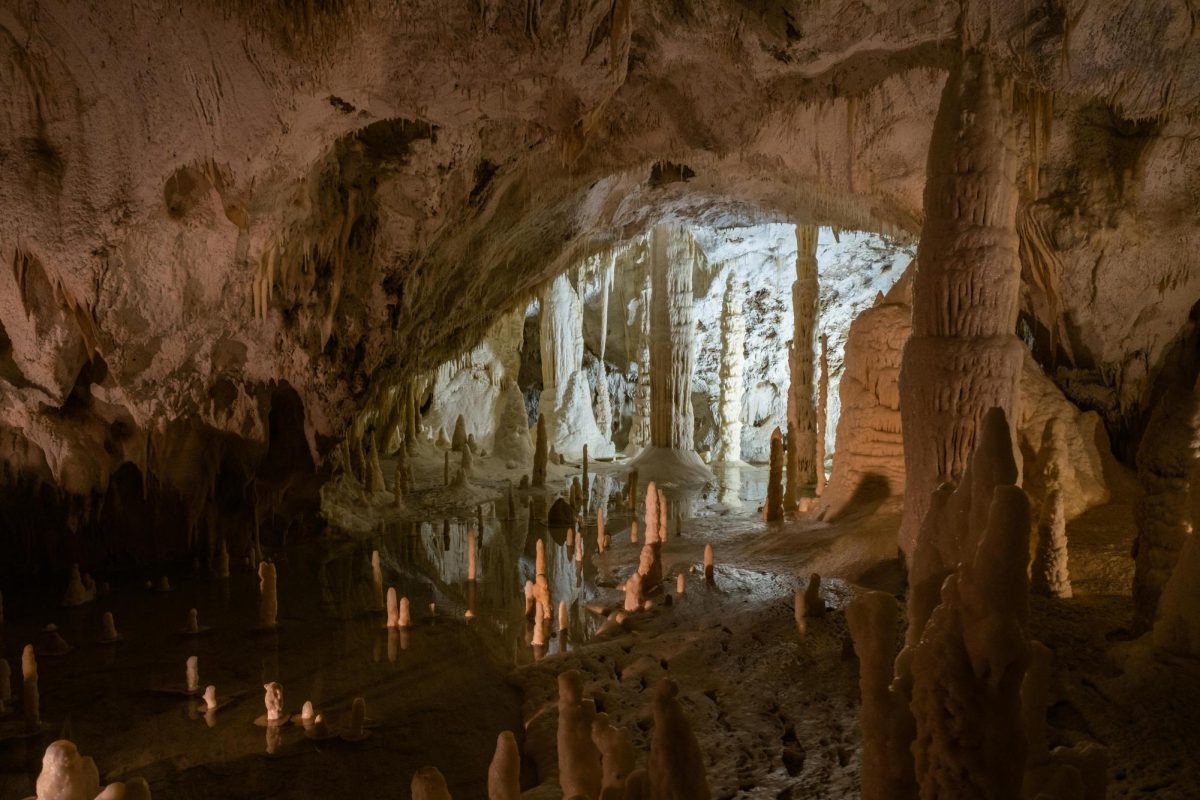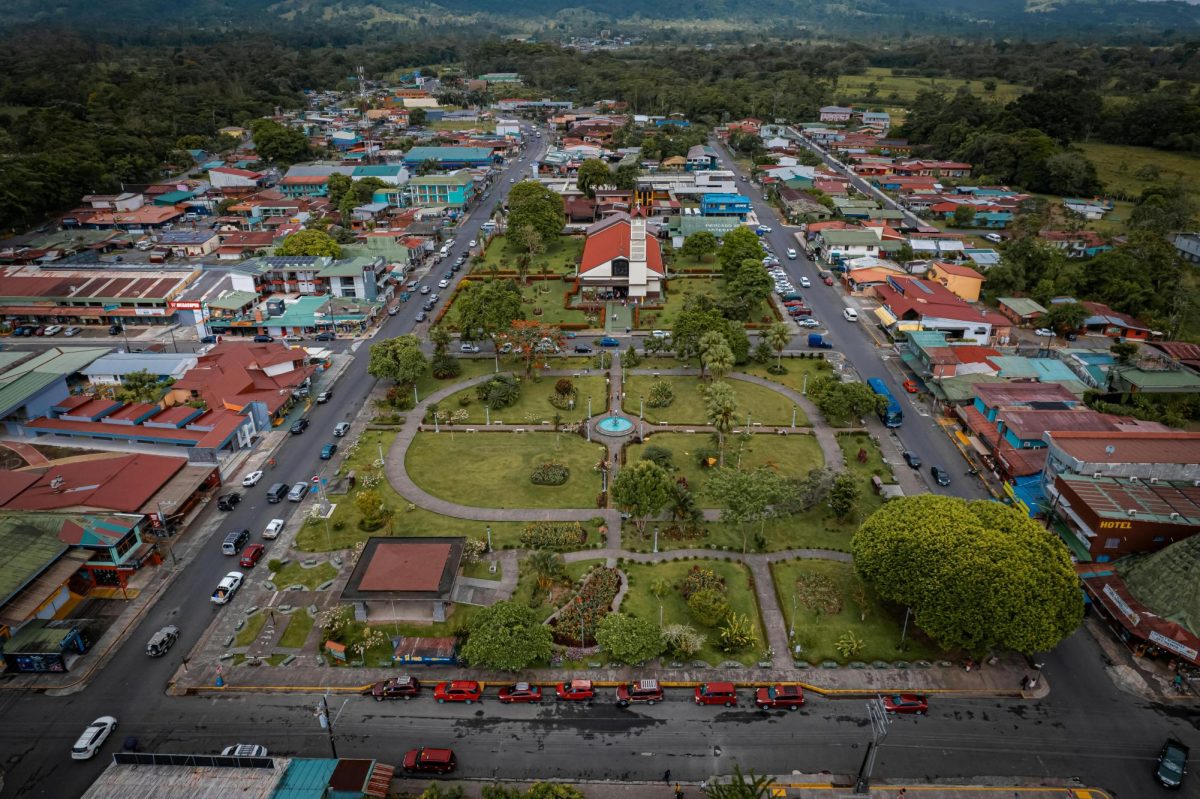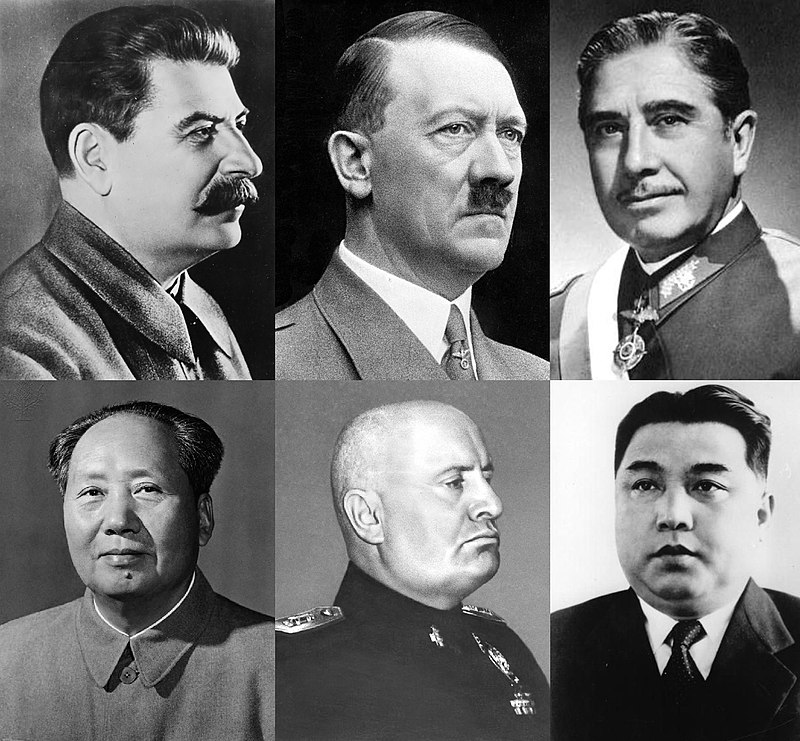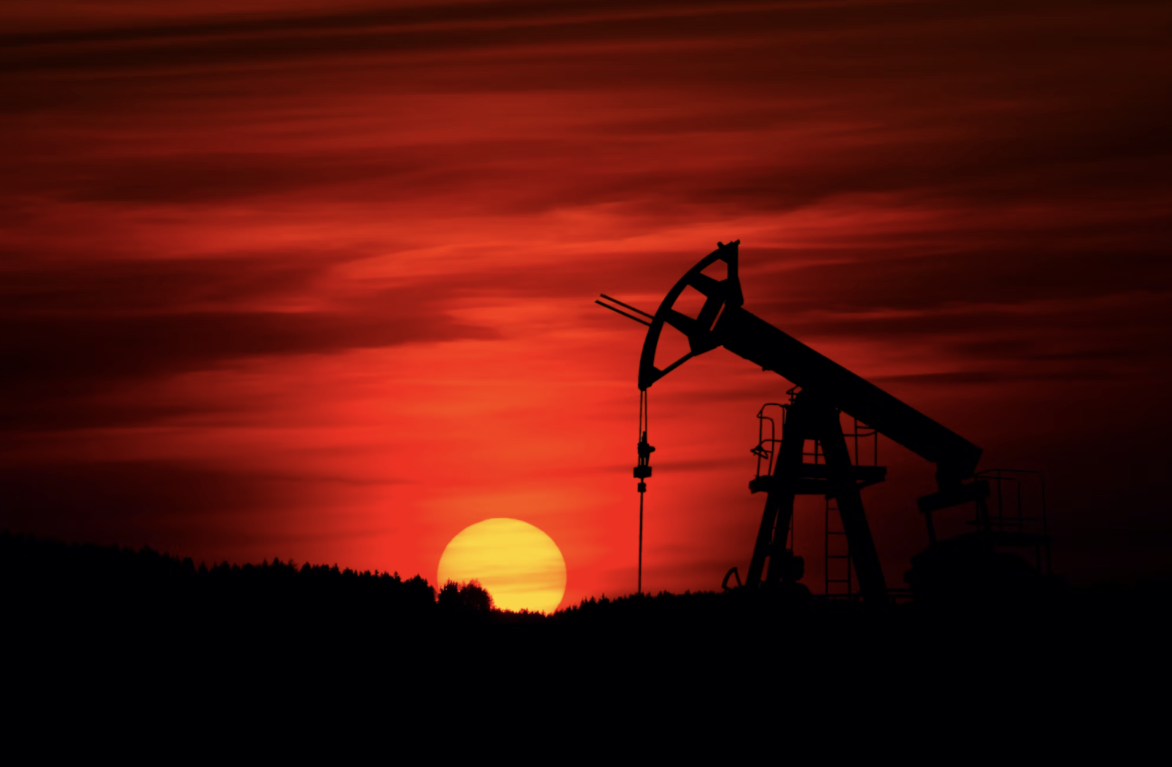Flames swept over entire forests; cries of birds echoed as the flames burned plants and flesh alike. As entire hillsides turn to ash, myriad animals are wiped out and habitats are turned to nothingness. The scene switches to an arctic habitat—large blankets of snow, with entire patches melted away. A polar bear limps by, with its skeleton exposed through its lack of fat. In short, digestible videos on TikTok, many have been fed these videos of the Earth falling apart, and many of them are accompanied by the same haunting audio in the background: Don’t you hear the Earth screaming?
These videos, invariably created through TikTok or Instagram Reels, were in response to a controversial project that was recently approved by the Biden Administration: The Willow Project. Since the approval of this project, there has been an uproar of outrage on social media and in person.
The project, proposed by Houston-based exploration and production company ConocoPhillips, would yield an estimated 600 million barrels of oil on the plain of the north slope of Alaska. It will not only cause irreparable damage to natural wildlife in the area, but it will be devastating for indigenous communities throughout Alaska.
Since the approval of the project by the Biden Administration, a large amount of the outrage has been directed towards him and his decision specifically, with many accusing him of breaking his campaign promises to protect the environment. However, while much outrage against him is warranted, a lot of this anger is deeply misdirected.
If we get to the root of why the Biden Administration was forced to make this decision, which was the threat of severe legal action and fees from ConocoPhillips and other lobbyists, we can collectively realize that the true evil in this situation is not Biden, but rather massive oil-drilling companies, and the capitalist economic system that prioritizes profit for the 1% while leaving everyone else to rot.
History of The Willow Project
In 1999, ConocoPhillips acquired leases for the Willow Project land, which is located inside of the National Petroleum Reserve on the Alaskan North Slope.
The Willow project was first proposed in 2017, and according to the ConocoPhillips website, initial planning for the project “has spanned five presidential administrations.” As the company focuses largely on Alaskan exploration, their eyes have been set on this large piece of land in the north slope of Alaska for quite some time now.
After proposing the project officially, the company began the process of getting a development permit in 2018, which required environmental review and analysis to assess and mitigate the risk of the project.
In 2020, it was first approved by the Trump Administration, but given the time it takes to set up such a lofty process such as this, it eventually required the green light from the Biden Administration, which has been a hot topic among environmental activists over the past couple months.
In addition to in-person protests and outrage throughout social media, there have been a slew of petitions directed toward Biden to put an end to the Willow Project. One of the largest petitions has nearly five million signatures as of March 29th.
Despite this collective outrage, it ultimately didn’t impact the approval of this oil venture. On March 13, the Biden Administration approved the project.
Effects of The Willow Project
After the approval of this project, climate activists and environmentalists were devastated. The ramifications of a large oil-drilling venture on such a large piece of untouched land will be unmatched.
In terms of greenhouse gas emissions, according to Al Jazeera, it is estimated that the Willow Project will “produce 239 million metric tons of carbon emissions.”
Moreover, the drilling project will disrupt animal migration patterns, and will begin to destroy local habitats, as this piece of land was previously an untouched reserve.
In addition to the impact on the local environment and wildlife, the Willow Project will also hold negative implications for native communities who have historically played an important role in conserving the land. Not only will the project take away large swaths of their land, but the disruption to local wildlife will also impact them, as their food source will be disrupted.
No matter which angle you look at this project from, it will cause immense devastation, to animals and people alike.
Why Biden Did What He Did
Although many are outraged at Biden for approving this project, it’s important to understand the legal ramifications involved in his decision.
Although Biden has previously committed himself to not drilling in this area, ConocoPhillips already had the leases for this land, which means that if Biden were to not approve it, the company could sue, and potentially win billions from the lawsuit.
Moreover, Biden has also been receiving intense pressure from the American public in regard to rising gas prices, providing an incentive for him to approve the project and potentially alleviate the high prices.
Despite these motives for approving the project, the Biden Administration will also face consequences from environmentalists and other allies for approving it, with many groups already promising lawsuits for the decision.
What This Ties Back To
As many are left with just the knowledge that the project has been approved and that it will cause irreparable damage to the environment, it seems natural that Biden would be the person to blame, considering that it was him who officially approved the project.
While it is true that he gave the go-ahead for the project, Biden is not the root of this evil; rather, it is our capitalist economic system that grants rich corporations power on par with the government, and it is the system that prioritizes profit over human life.
The mere fact that ConocoPhillips and other lobbyists could put this much pressure on the government, to allow such an important piece of land to be degraded and destroyed, shows just how unsustainable our economic system is.
And yes, while it is true that no other economic system is as efficient at generating profit, it is also true that our current system is wildly unsustainable. In the end, it doesn’t matter how many jobs this project will create, or how many millions of barrels of oil it will generate–especially if there is no planet left for us to live on.





























